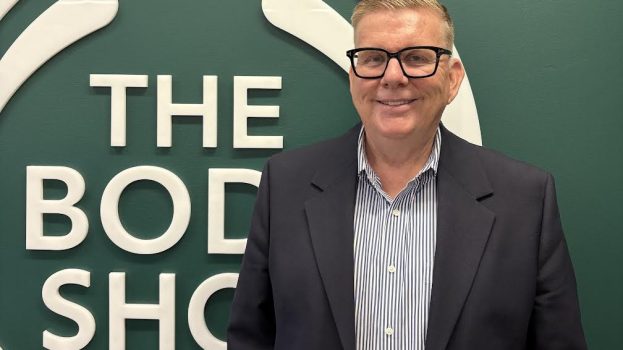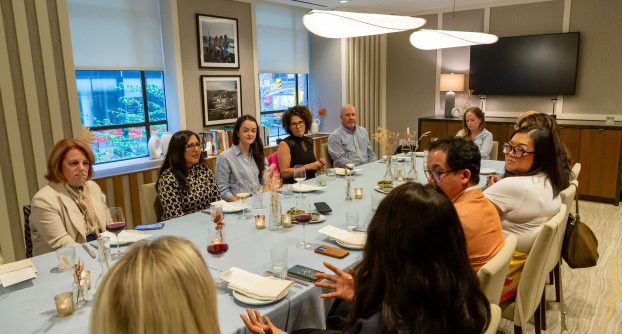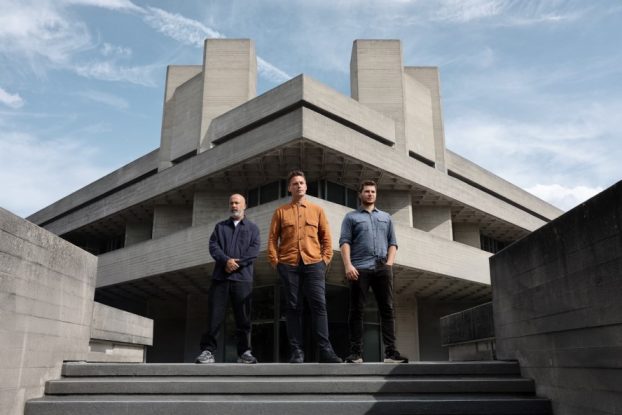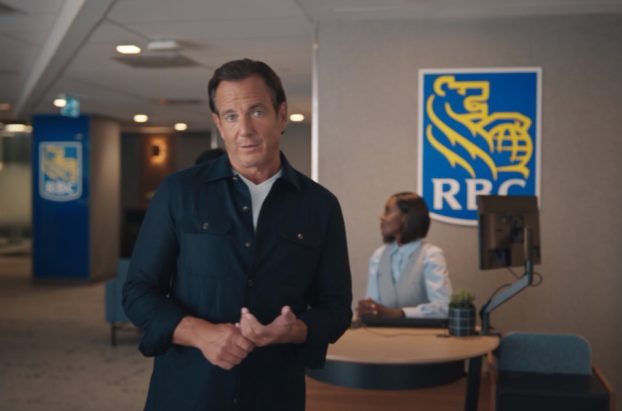This story appeared in Strategy C-Suite, a weekly email briefing on how Canada’s brand leaders are responding to market challenges and acting on new opportunities. Sign-up for the newsletter here to receive the latest stories directly to your inbox every Tuesday.
It’s not easy to define the Lacoste competitor, says Grégoire Brasset, the brand’s Canadian VP and general manager. On the one side, there are sport titans like Adidas and Nike; on the other, luxury fashion brands. Then there’s Lacoste, founded in 1933 by French tennis champion Rene Lacoste (nicknamed “The Crocodile”), who redefined premium casual wear on and off the tennis court.
Lacoste has always sat at the intersection of sport, fashion and luxury, Brasset says. “It’s important that we stay there.”
Acquired by Swiss-based group Maus Freres in 2012, the company has continued to lean on its tennis heritage and roots (and highly recognizable crocodile logo), while taking steps down a new path aimed at reaching a new generation of customers through streetwear-inspired collaborations. It has recently launched collections in partnership with Keith Haring Foundation (featuring the deceased graffiti pop artist’s “Barking Dog” and “Heart” drawings), with design collaboration company Open Ceremony, as well as with American rapper and fashion designer, Tyler, the Creator.
“Broadening our customer demographic to a younger group has been a big focus for us,” says Brasset, in an interview with strategy. “Meshing the old with the new is imperative when looking to build and grow the brand.”
What steps have you taken to bring different demographics into the Lacoste brand?
First of all, Canada is a very segmented country, so we have [developed] very clear segmentation, with four different targets. In the west coast, [we target] the Asian, fashion apparel customer. In Alberta, Manitoba and Saskatchewan, it’s more the comfort, pragmatic customer. In Ontario, it’s more of an urban sports customer. And in Quebec, a very smart-chic customer. We are trying to adapt our product offering and our marketing to these different customers. That’s the first thing we’re doing. Secondly, we have been launching a lot of collaborations with other brands and looking for new channel distribution, through [retailers like] Foot Locker and Little Burgundy.
How do you approach product merchandising in diverse Canada?
Eighty percent of our product selection and communication is global. That [leaves us with] 20% that can be adapted [locally]. So in Canada, we try to have different product segmentation in our boutiques. The product offering for us is key to how you can address your country and your different customers. We are also doing this with our retailers. When we push product, it’s not at all the same segmentation. So you have geographic segmentation, but then after that, you also have retailer segmentation. For us, the Golf Town consumer or the Browns Shoes’ consumer is not at all the same. It’s why we change and adapt the product segmentation for each retailer we are working with.
A lot of brands are experimenting with collaborations today. What is unique about your approach?
Collabs are very important. But you need it to be a collaboration that links with your DNA and positioning. These new demographics [that we’re targeting] need a story. At Lacoste, [our history] and the sportswear-urbanwear story is very important. It’s why our collaboration with Supreme was a logical one, and why we chose to work with Tyler, the Creator, who has a second label called Golf le Fleur. And golf is part of Lacoste’s roots. For us, a collab is [an opportunity to be] very creative, but you need to always link it with your brand DNA.
You said elsewhere that Lacoste plans to launch a loyalty program in Canada within the next few years. Why? And what will the program look like?
We already have one in Europe, [called Le Club Lacoste], and it has worked great, so we decided to bring it to North America. I hope that next year or in 2021, we will launch it in Canada. But it’s quite a huge program, because you need to be sure that it will be qualitative for the end consumer. I would like to invite, each year, the [top] Canadian consumer to Paris or to boutique openings or product launches. The goal is not only to create a loyalty program; you also have to have a qualitative [component] and very strong offer of services [and rewards] around that.
If you just offer price discount, for us, it’s not a loyalty program. It’s about creating a community around Lacoste and moving our customers to become brand ambassadors. Our customer is usually quite proud to wear the Croc, so how can we continue to increase that, to build on those relationships and ensure our customer is very proud?
This interview is part of a series for Strategy C-Suite, a weekly email briefing on how Canada’s brand leaders are responding to market challenges and acting on new opportunities. Sign-up for the newsletter here to receive the latest stories directly to your inbox every Tuesday.
The interview has been edited for length and clarity.

























